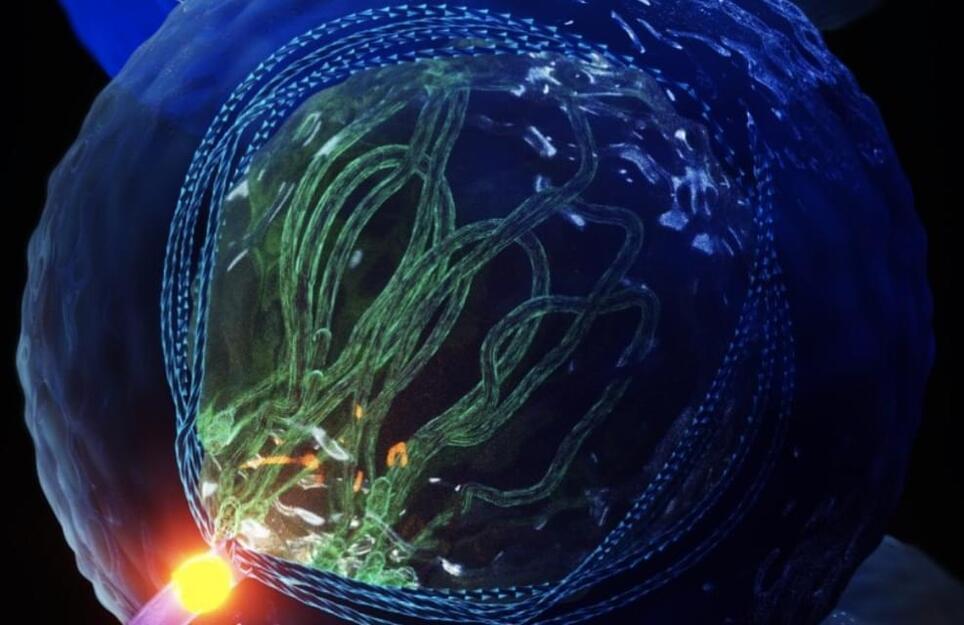May 14, 2022
NASA InSight Still Hunting Marsquakes as Power Runs Down (News Audio + Visuals)
Posted by Alan Jurisson in categories: energy, space
In November 2018, NASA InSight landed in the Elysium Planitia region of Mars with the goal of studying the planet’s deep interior for the first time by using seismic signals to learn more about the properties of the planet’s crust, mantle, and core. Join us live at 11 a.m. PT (2 p.m. ET/1800 UTC) on May 17 as agency leadership and mission team members highlight the spacecraft’s science accomplishments, share details on its power situation, and discuss its future.
Speakers:
Lori Glaze, director of NASA’s Planetary Science Division at NASA Headquarters.
Bruce Banerdt, InSight principal investigator, NASA’s Jet Propulsion Laboratory.
Kathya Zamora Garcia, InSight deputy project manager, JPL
Continue reading “NASA InSight Still Hunting Marsquakes as Power Runs Down (News Audio + Visuals)” »

















